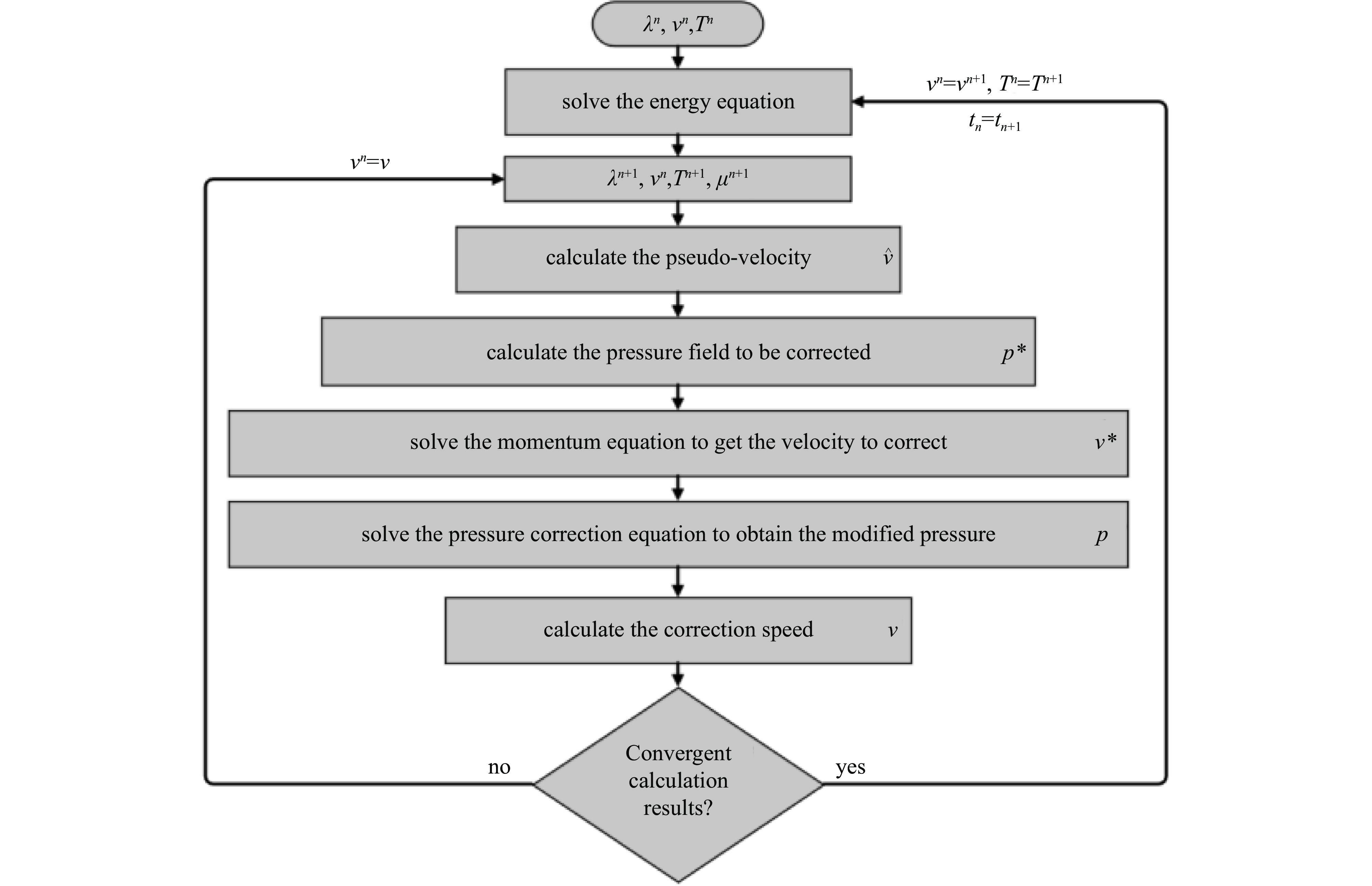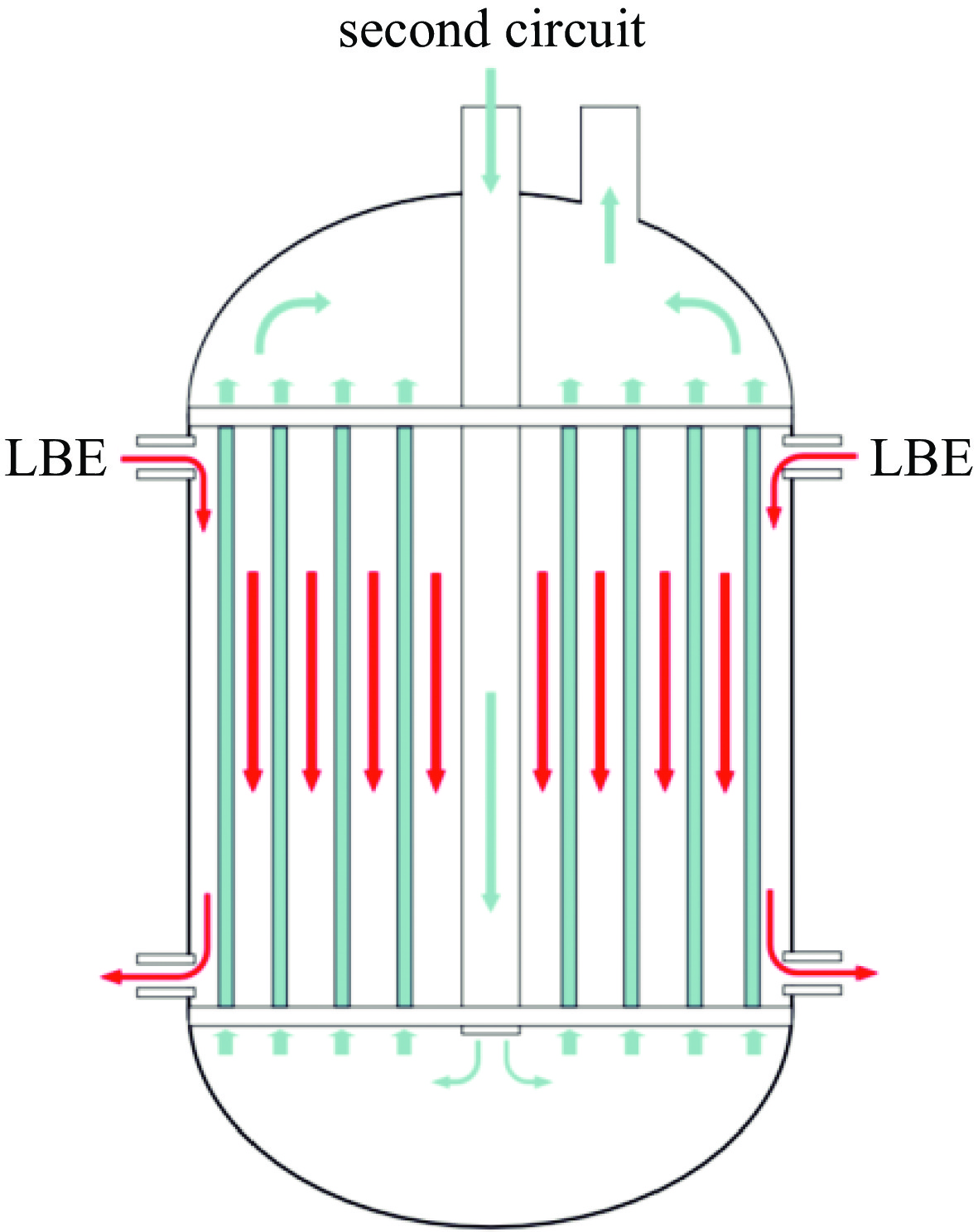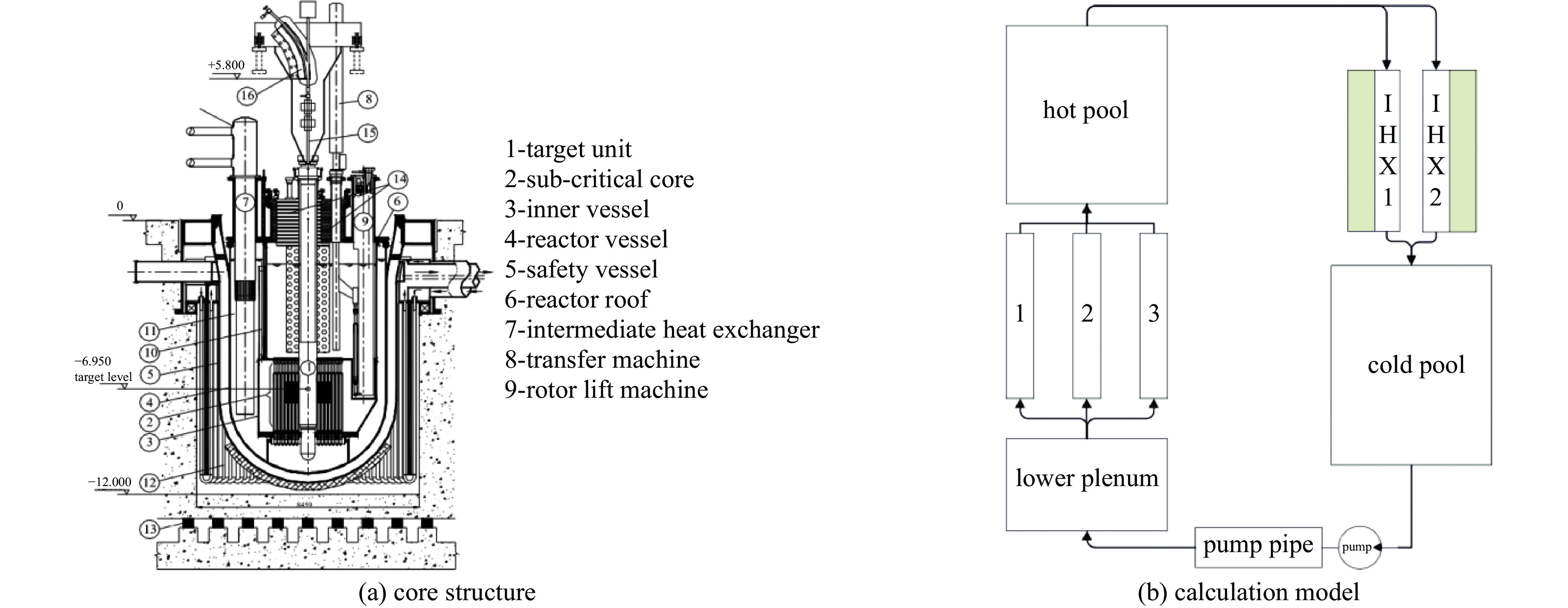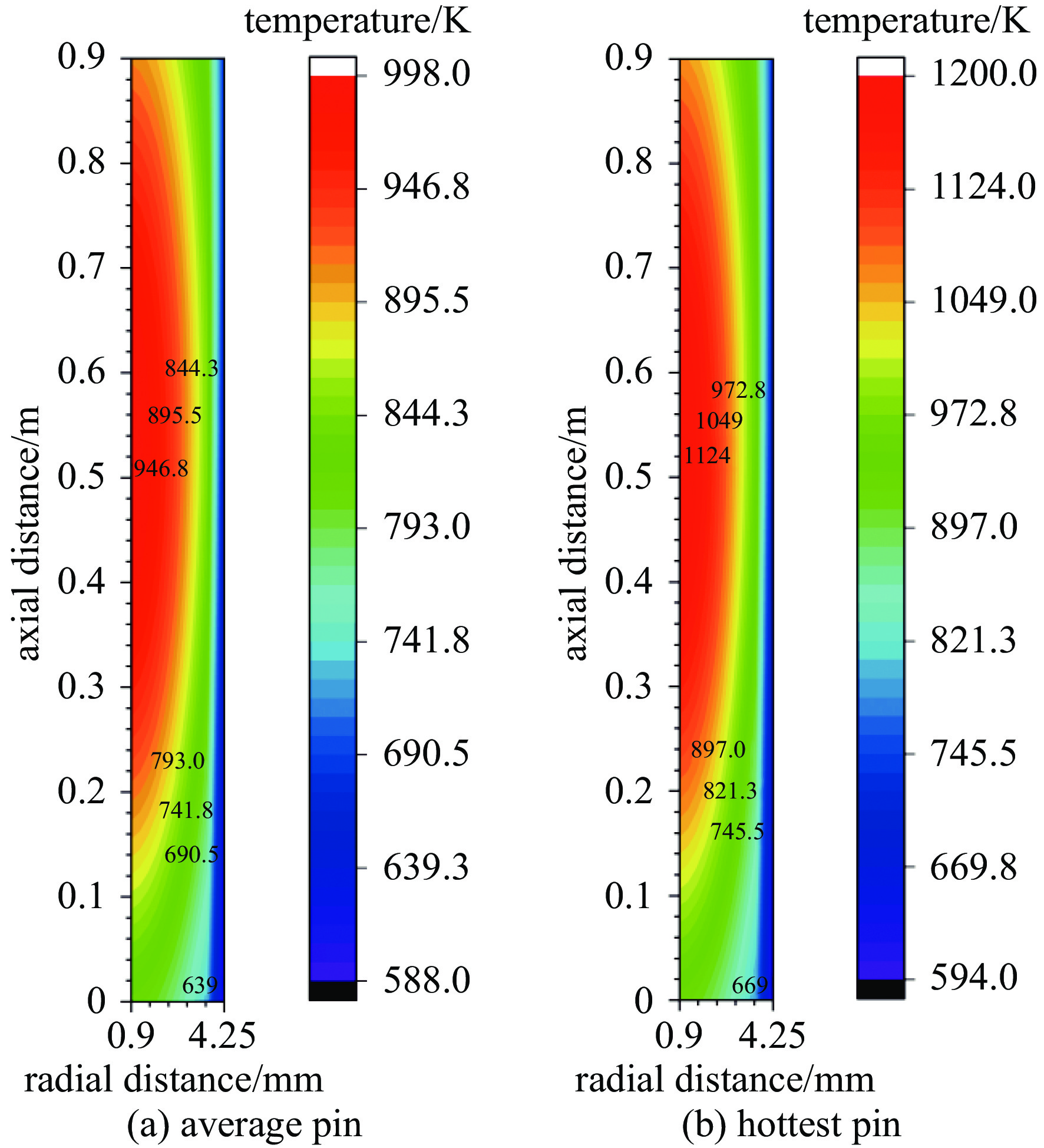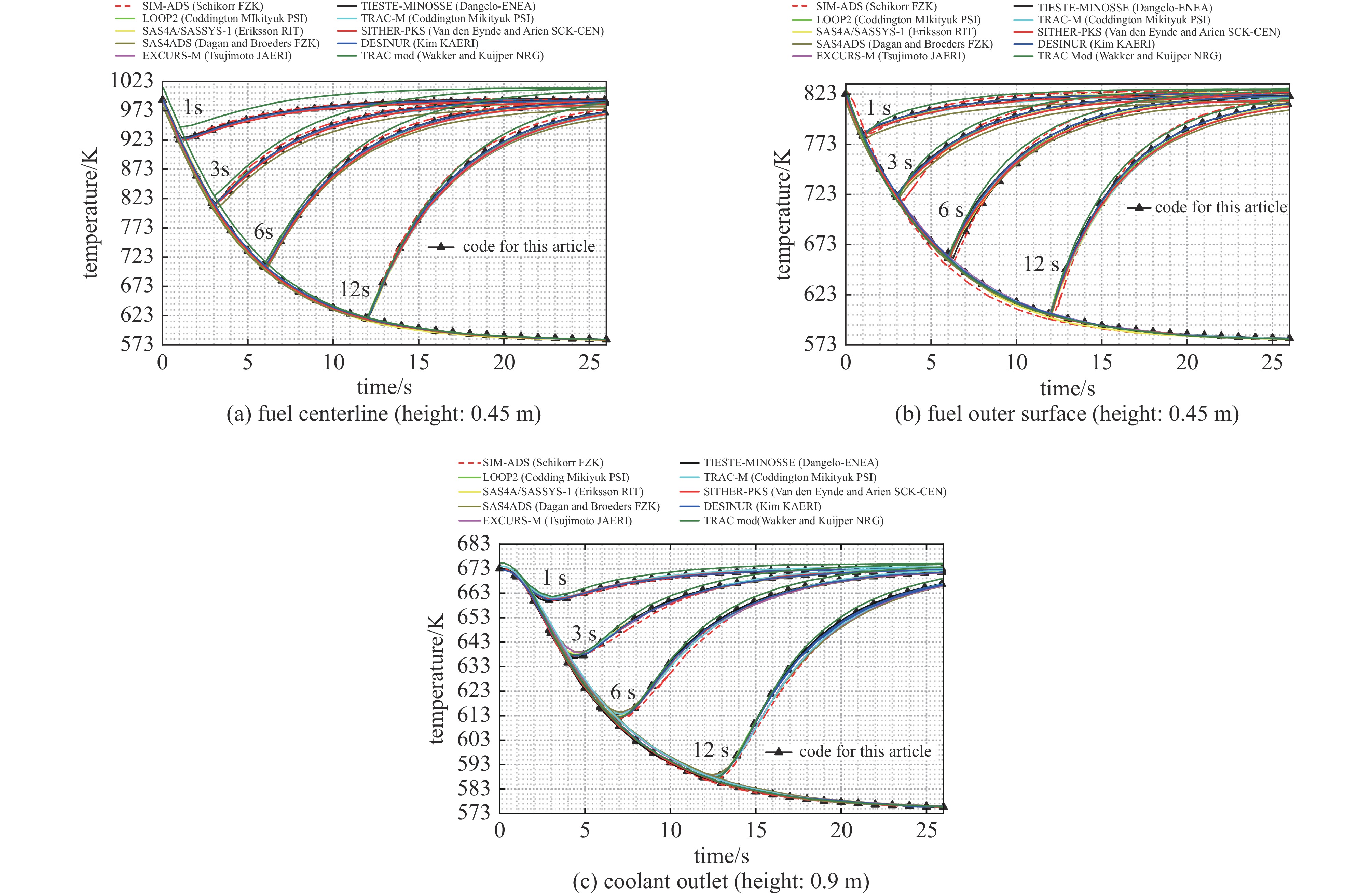Preliminary study of lead-bismuth reactor system analysis code development
-
摘要: 为解决多维计算程序对铅铋堆主回路进行长时间模拟时所需计算资源庞大的问题,基于自主开发的一维CFD程序,将零维点堆动力学模型及二维燃料棒传热模型集成到其中,并进行多物理场耦合,开发了一款适用于池式铅铋堆的系统分析程序。使用OECD/NEA发布的加速器驱动次临界系统(ADS)失束事故国际基准例题,对所开发程序进行稳态以及瞬态验证,以确保模型准确性。验证结果表明,所开发程序在关键参数上与发布结果吻合较好,且所需计算资源明显小于多维程序,证明了该程序可以对池式铅铋堆进行初步的热工水力及安全分析。Abstract: To solve the problem that multidimensional computing code needs huge computing resources when it simulates the lead-bismuth reactor for a long time, based on the self-developed one-dimensional CFD code, integrating the zero-dimensional point reactor dynamics model and the two-dimensional fuel rod heat transfer model, and carring out the multi-physical field coupling, we have developed a system safety analysis code for lead-bismuth pool reactor. The international benchmark for Accelerator Driven Sub-critical System (ADS) beams transient accident, which was published by OECD/NEA, was used to process the steady-state and transient validation, and to ensure the accuracy of the model. The verification results show that the code developed is in good agreement with the published results in terms of key parameters, and the computational resources required are obviously smaller than those of the multi-dimensional computing code. It is proved that this code can be used for preliminary thermo-hydraulic and safety analysis of lead-bismuth reactor.
-
表 1 流量及功率分配
Table 1. Flow and power distribution
No. number of fuels normalized power traffic share 1 8316 1.0000 0.7469 2 1944 1.4375 0.1746 3 540 0.1000 0.0785 表 2 平均通道燃料中心及堆芯活性区冷却剂出口下降温度
Table 2. Average pin fuel center and outlet coolant drop temperature
time/s fuel centerline/K fuel centerline
error/%outlet coolant /K outlet coolant
error/%this code OECD/NEA this code OECD/NEA 1 68 70 2.9 13.2 13 1.5 3 181 180 0.5 36 35 2.8 6 286 300 4.6 61 60 1.6 12 373 370 0.8 86 85 1.2 表 3 热通道燃料中心及堆芯活性区冷却剂出口下降温度
Table 3. Hottest pin fuel center and outlet coolant drop temperature
time/s fuel centerline/K fuel centerline
error/%outlet coolant /K outlet coolant
error/%this code OECD/NEA this code OECD/NEA 1 97 93 4.3 19 20 5.0 6 420 408 2.9 86 80 5.0 -
[1] Chen Hongli, Chen Zhao, Chen Chong, et al. Conceptual design of a small modular natural circulation lead cooled fast reactor SNCLFR-100[J]. International Journal of Hydrogen Energy, 2016, 41(17): 7158-7168. doi: 10.1016/j.ijhydene.2016.01.101 [2] Pialla D, Tenchine D, Li S, et al. Overview of the system alone and system/CFD coupled calculations of the PHENIX Natural Circulation Test within the THINS project[J]. Nuclear Engineering and Design, 2015, 290: 78-86. doi: 10.1016/j.nucengdes.2014.12.006 [3] Gu Zhixing, Zhang Qingxian, Gu Yi, et al. Verification of a self-developed CFD-based multi-physics coupled code MPC-LBE for LBE-cooled reactor[J]. Nuclear Science and Techniques, 2021, 32: 52. doi: 10.1007/s41365-021-00887-x [4] Zhang Taiyang, Smith E R, Brooks C S, et al. Validation of SAS4A/SASSYS-1 for predicting steady-state single-phase natural circulation[J]. Nuclear Engineering and Design, 2021, 377: 111149. doi: 10.1016/j.nucengdes.2021.111149 [5] Mikityuk K, Pelloni S, Coddington P, et al. FAST: an advanced code system for fast reactor transient analysis[J]. Annals of Nuclear Energy, 2005, 32(15): 1613-1631. doi: 10.1016/j.anucene.2005.06.002 [6] Emonot P, Souyri A, Gandrille J L, et al. CATHARE-3: A new system code for thermal-hydraulics in the context of the NEPTUNE project[J]. Nuclear Engineering and Design, 2011, 241(11): 4476-4481. [7] Novendstern E H. Turbulent flow pressure drop model for fuel rod assemblies utilizing a helical wire-wrap spacer system[J]. Nuclear Engineering and Design, 1972, 22(1): 28-42. doi: 10.1016/0029-5493(72)90059-3 [8] Engel F C, Markley R A, Bishop A A. Laminar, transition, and turbulent parallel flow pressure drop across wire-wrap-spaced rod bundles[J]. Nuclear Science and Engineering, 1979, 69(2): 290-296. doi: 10.13182/NSE79-A20618 [9] D’Angelo A, Gabrielli F. Benchmark on beam interruptions in an accelerator-driven system, final report on phase II calculations[R]. Paris: OECD Publications, 2004: 1-77. [10] 田瑞峰, 刘平安. 传热与流体流动的数值计算[M]. 哈尔滨: 哈尔滨工程大学出版社, 2015: 86-260Tian Ruifeng, Liu Pingan. Numerical heat transfer and fluid flow[M]. Harbin: Harbin Engineering University Press, 2015: 86-260 [11] 王桂梅. 自然循环铅合金冷却反应堆主换热器的热工水力优化分析研究[D]. 合肥: 中国科学技术大学, 2014: 19-28Wang Guimei. Thermal-hydraulic optimal design and study of primary heat exchanger for lead alloy cooled natural circulation reactor[D]. Hefei: University of Science and Technology of China, 2014: 19-28 [12] 陈昌友. 一个求解点堆中子动力学方程组的数值积分方法[J]. 核科学与工程, 2005, 25(1):20-23,29Chen Changyou. A numerical method of solving the point reactor neutron kinetics equations[J]. Chinese Journal of Nuclear Science and Engineering, 2005, 25(1): 20-23,29 [13] D’Angelo A, Gabrielli F. Benchmark on beam interruptions in an accelerator-driven system, final report on phase I calculations[R]. Paris: OECD Publications, 2003: 1-28. -




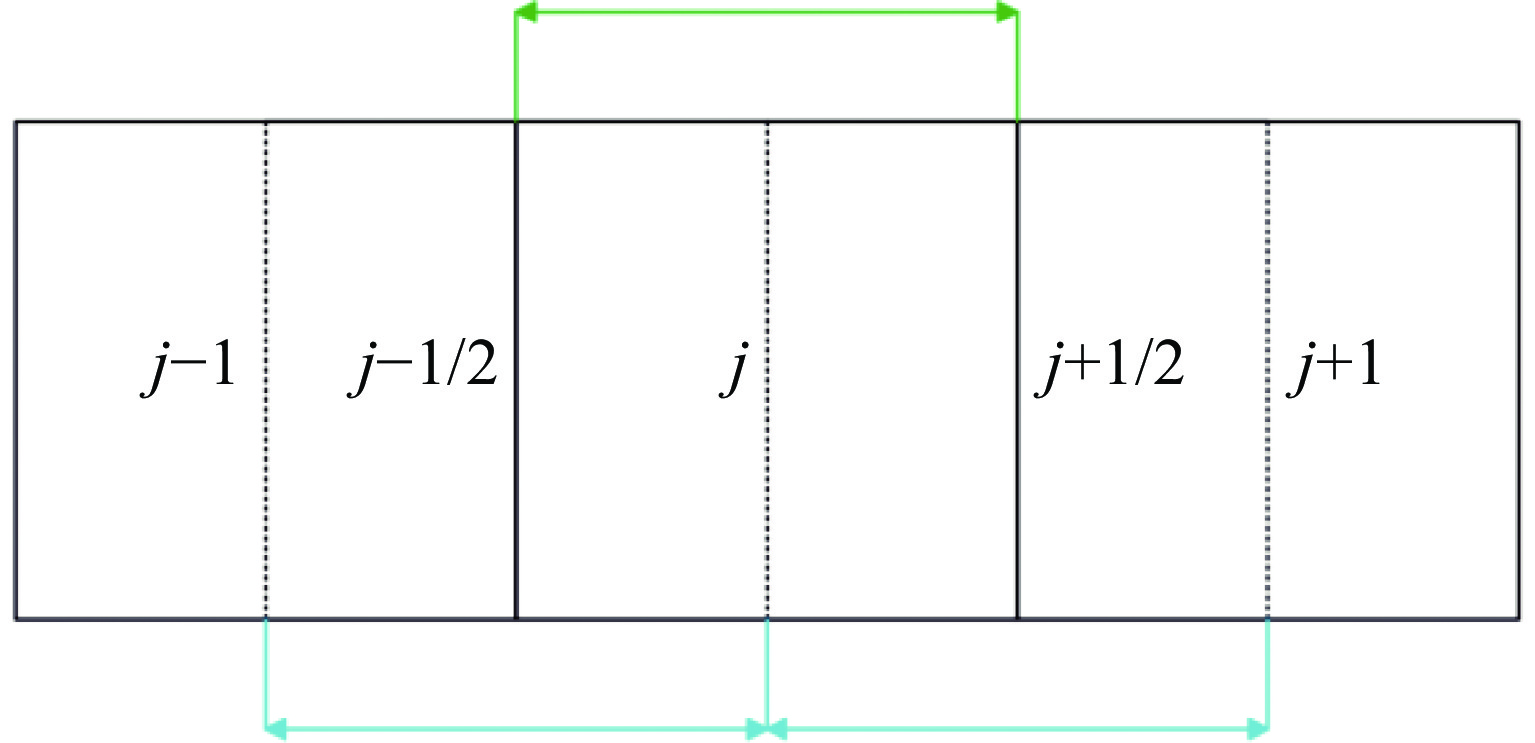
 下载:
下载:
